
The Temple of the Sun, known in Quechua as Qorikancha, was the most important religious, political, and geographical center of the Inca Empire. Located in the city of Cusco, this complex was not a simple temple, but the ceremonial hub of the Tahuantinsuyo, dedicated to the worship of the main deity, Inti (the Sun god), although it also had chapels for other deities like the moon, the stars, and the thunder.
Its importance was reflected in its architecture: it featured the finest and most perfectly joined Inca masonry walls in the entire empire. According to the Spanish chroniclers, its walls and courtyards were covered with sheets of gold and silver, which amazed the conquerors when they arrived. After the conquest, the temple was looted and, on its Inca foundations of polished stone, the Convent of Santo Domingo was built.
Today, the Qorikancha is one of the most visited tourist attractions in Cusco, visitors can walk through the cloister and the colonial church while observing the Inca bases and walls that remain intact, serving as a direct testimony of the collision and coexistence of both cultures.
This Temple of the Sun in Cusco was built during the government of the Inca Huiracocha in the 13th century, approximately. Emperor Pachacutec, the builder of Machu Picchu, was the one who embellished it in the 15th century.
The thin walls of the temple express the highest level of engineering reached by the Incas. Its walls fit perfectly without any type of mortar. It is known that a large part of the walls as well as doors and temples were covered by a wide band of gold. After the Spanish invasion, the temple was looted and the gold stolen.
Research suggests that the Coricancha existed before Inca times. Its original name was Inticancha (Temple of the Sun) and its original walls were made by the Ayamarcas in the 13th century, approximately. This laid the groundwork for what would later become the Qorikancha.
In the 15th century, when the Inca emperor Pachacutec assumed power, beautification works were carried out throughout the city of Cusco. Under his rule, the temple was made bigger and more beautiful with grand architecture, becoming the most important spiritual center of the empire. What's more, the name Inticancha was changed to Coricancha, and huge walls were built (the finest in the entire empire) and lined with sheets of gold, silver and precious stones.
The Coricancha housed shrines to the different Inca gods. The most important was the shrine to the sun. It is believed that it was surrounded by gold while the temple of the moon, silver.
In the 16th century, after the Spanish invasion, the Qorikancha was looted. Some chroniclers suggest that the gold was transferred to Cajamarca to pay for Atahualpa's ransom.
The temple was owned by Francisco Pizarro who assigned it to the Dominican order who built the church and convent of Santo Domingo.
Throughout their history, both structures (the Coricancha and the Santo Domingo church) suffered up to three earthquakes of intense magnitude. Only the Christian temple suffered considerable damage. The Coricancha is still intact.
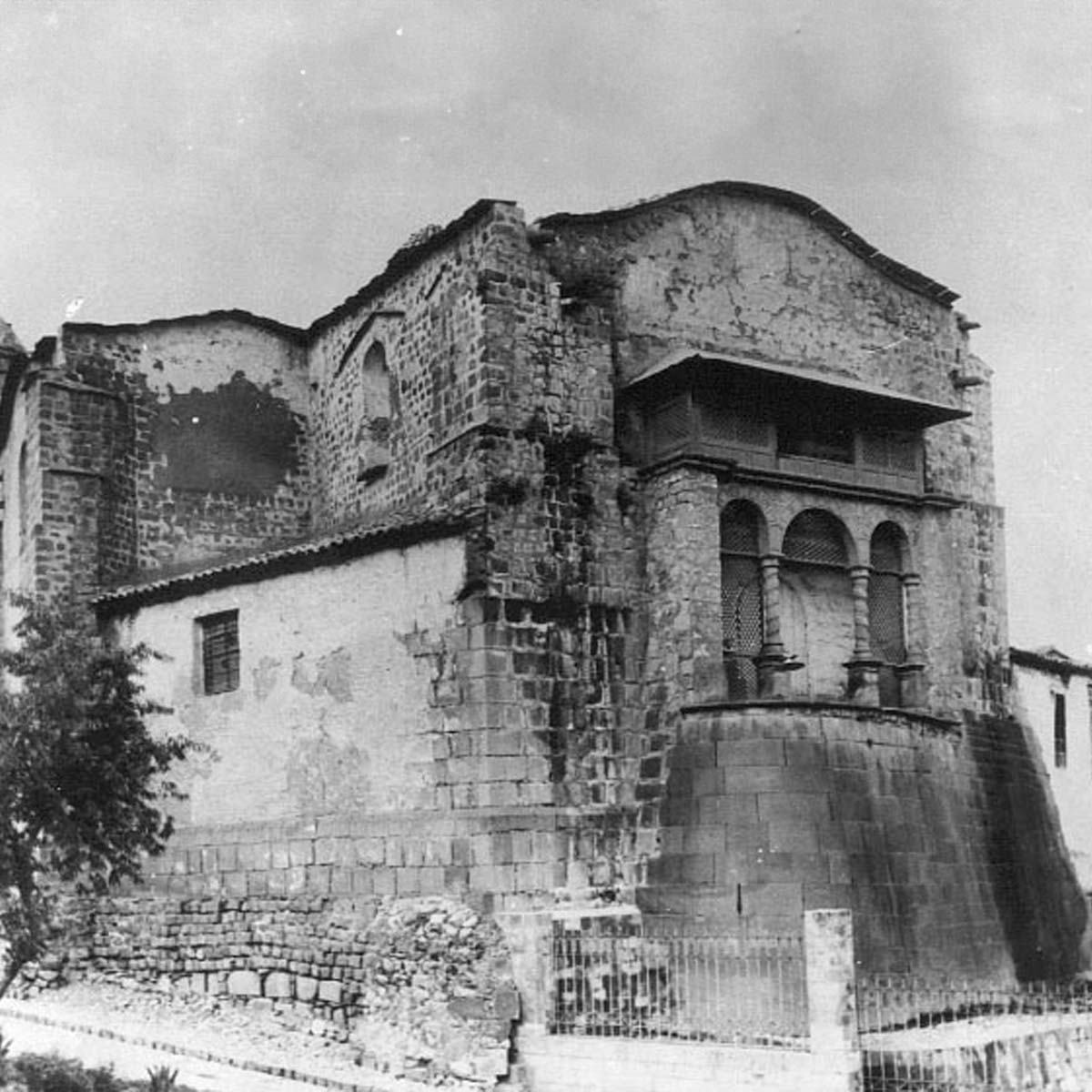 | 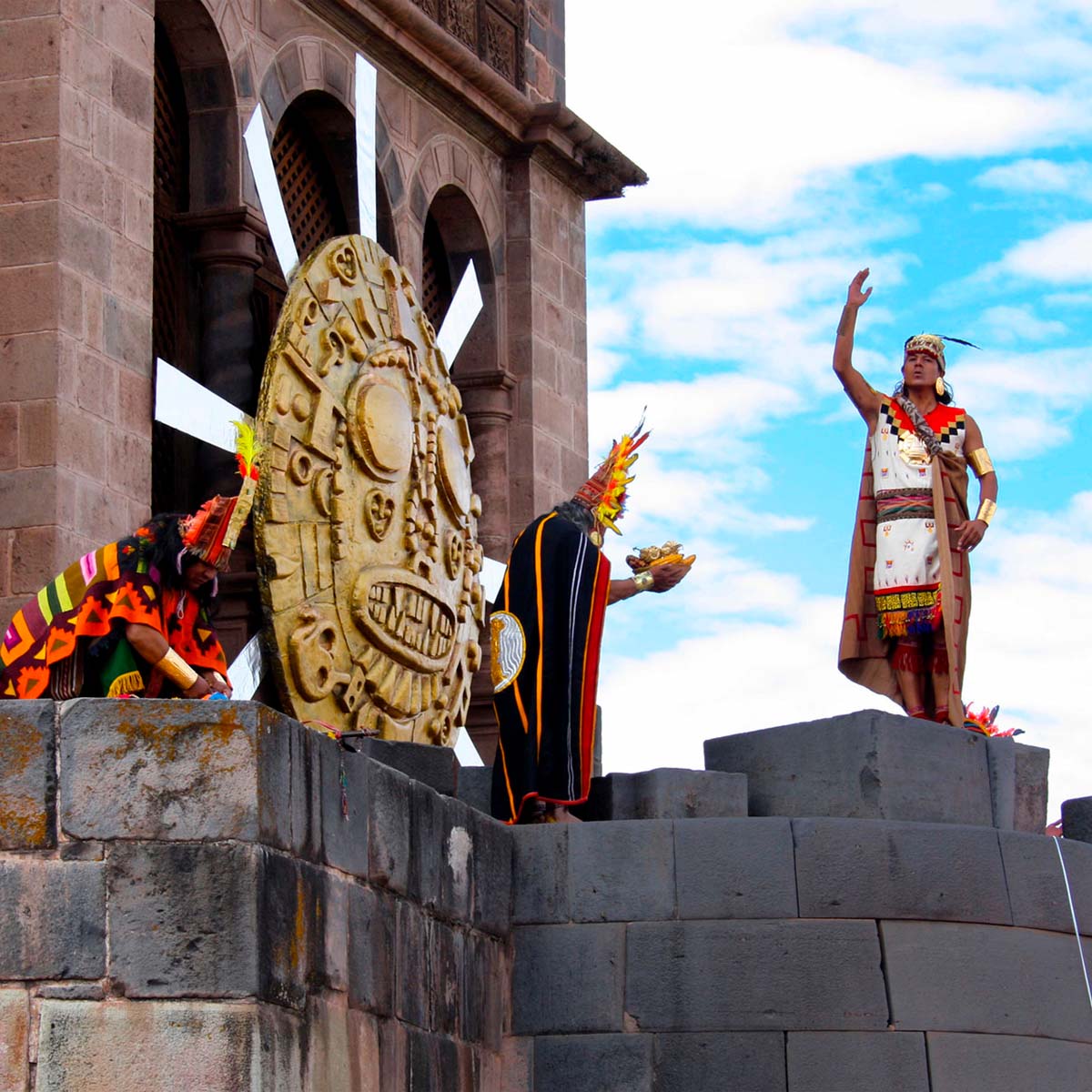 |
The name Qorikancha comes from the Quechua language and is made from two words: qori, which means "gold," and kancha, which means "enclosure" or "courtyard." So, its meaning is "Golden Enclosure" or "Golden Courtyard." This name is not by chance. It shows clearly what the Inca temple was like, which, according to writings from people like Garcilaso de la Vega, was decorated with sheets of gold. Even its gardens stood out because of their sculptures of plants and animals made from this valuable metal, showing the wealth and splendor of the Inca Empire.
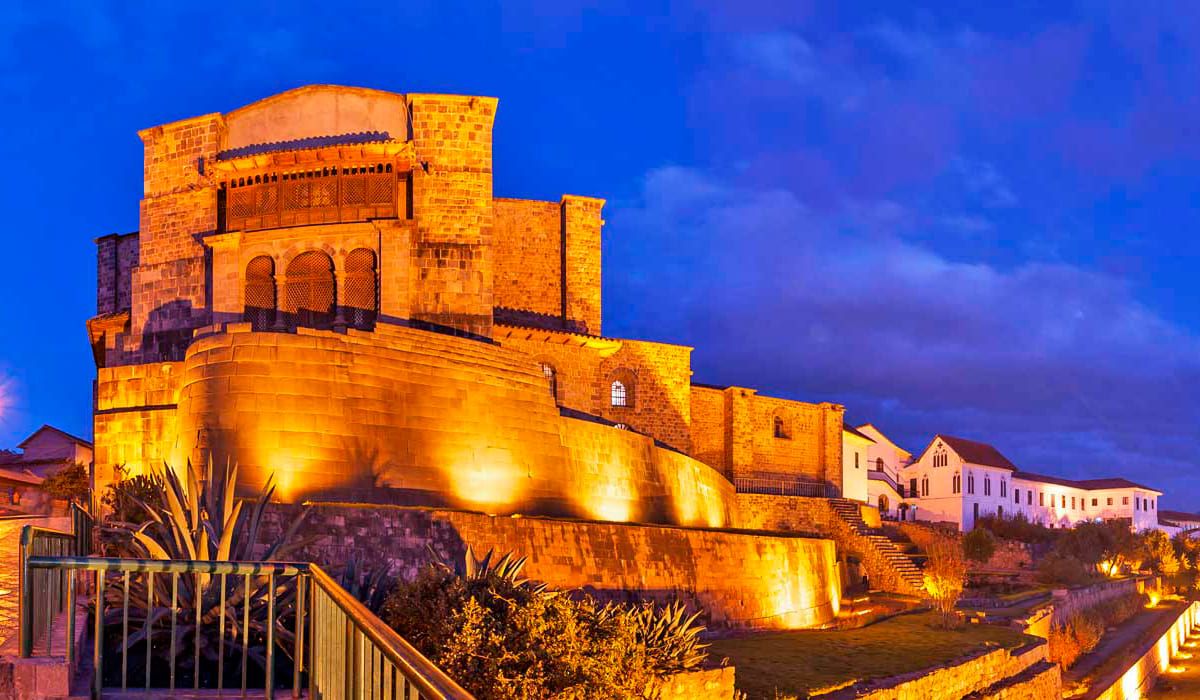
The description made by Garcilaso is in harmony with what is still standing today. Although this is only a pale reflection of what the Qorikancha actually was in Inca times.
Monday to Saturday: 08:30 a.m. to 5:30 p.m. - Sunday: 2:00 p.m. to 5:00 p.m.
Cost: S /. 10.00 (It is not included in the Tourist Ticket)
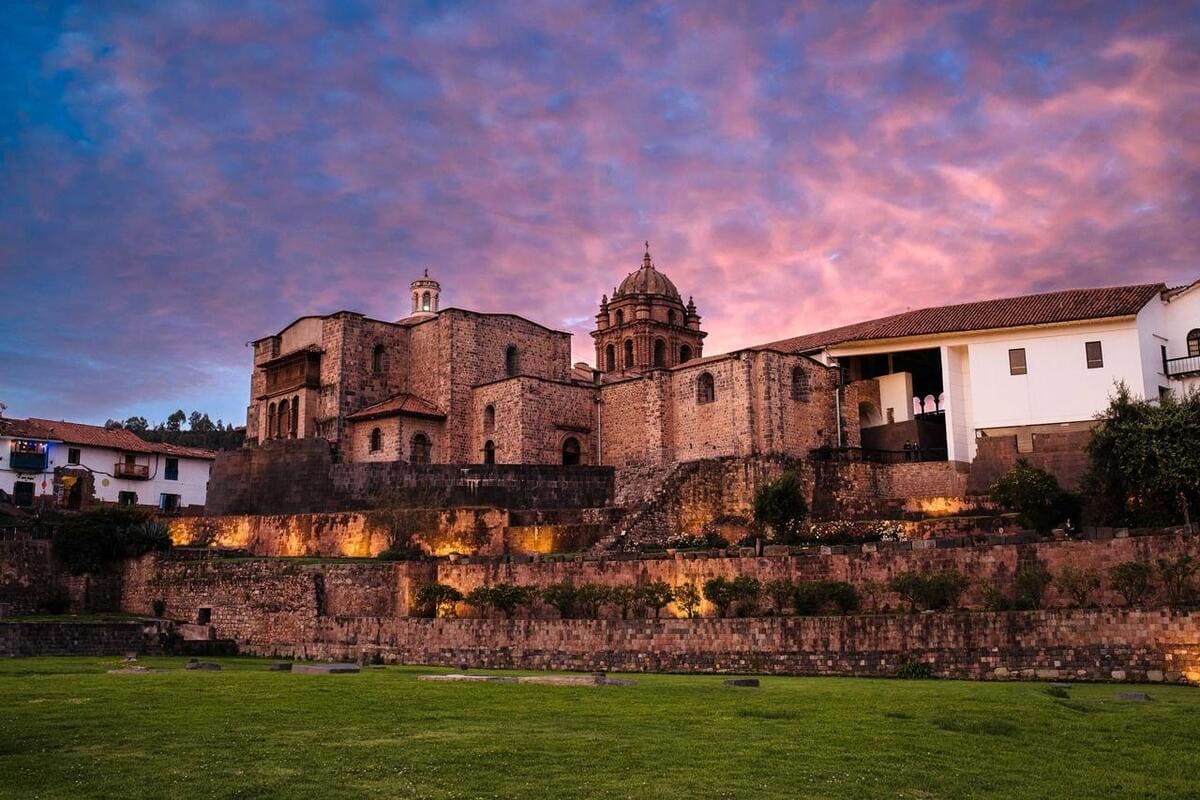
After the excavation work carried out in the archaeological site of Coricancha, the site museum was created with the objects found during the works. The museum consists of five rooms with different ceramic pieces, tools and even bone remains. The museum also displays informational panels that explain the Inca lifestyle from its beginnings to its conquest.
The museum is located under the esplanade of the archaeological site of Coricancha. It can be reached by walking from the Plaza de Armas of Cusco following El Sol Avenue for a few blocks.
Entrance to the Coricancha site museum is included in the Cusco Tourist Ticket. The cost of this ticket is 70 Peruvian soles (22 US dollars) and also includes access to: Regional Historical Museum, Museum of Contemporary Art, Monument to Pachacutec, Museum of Popular Art, Qosqo Center for Native Art, Tipón Archaeological Park and Archaeological Park of Piquillacta.
The museum is open from Monday to Sunday from 9 in the morning until 6 in the afternoon. The maximum length of stay is 1 hour. It also offers access to the Coricancha esplanade of green areas.
The cost of this ticket is S /. 70 soles and has access to: Regional Historical Museum, Museum of Contemporary Art, Monument to Pachacutec, Museum of Popular Art, Qosqo Center for Native Art, Tipón Archaeological Park and Piquillacta Archaeological Park.
The Santo Domingo Convent is located next to the entrance door to the Coricancha Temple. It can be reached by walking from the Plaza de Armas of Cusco.
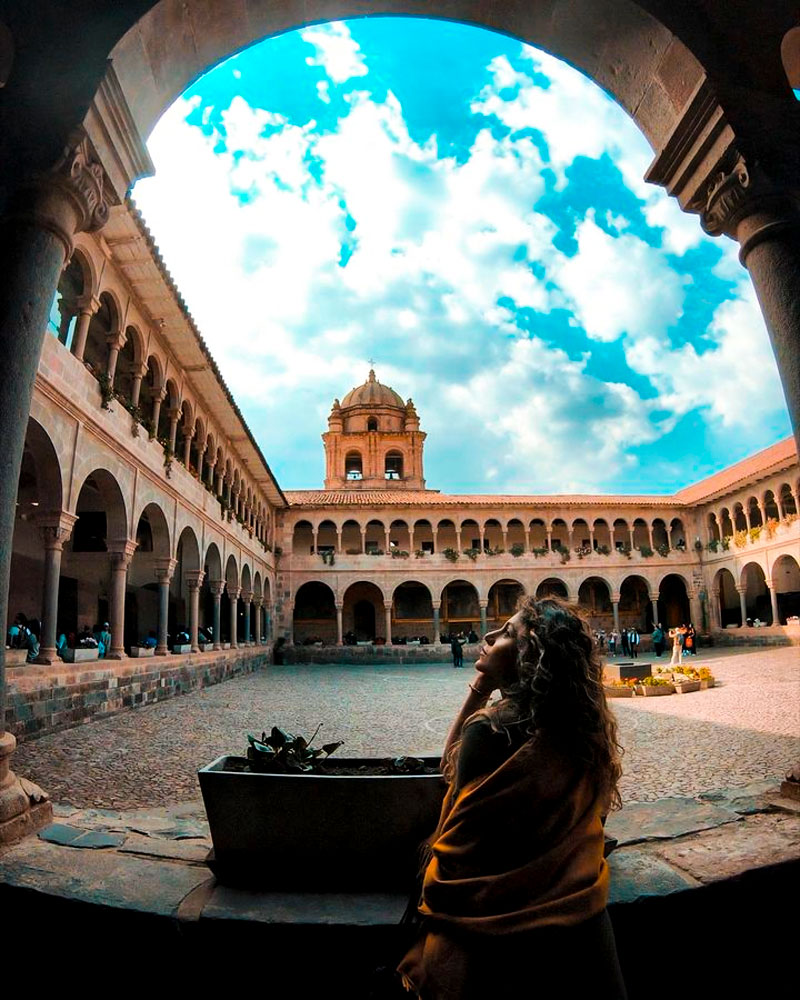 | 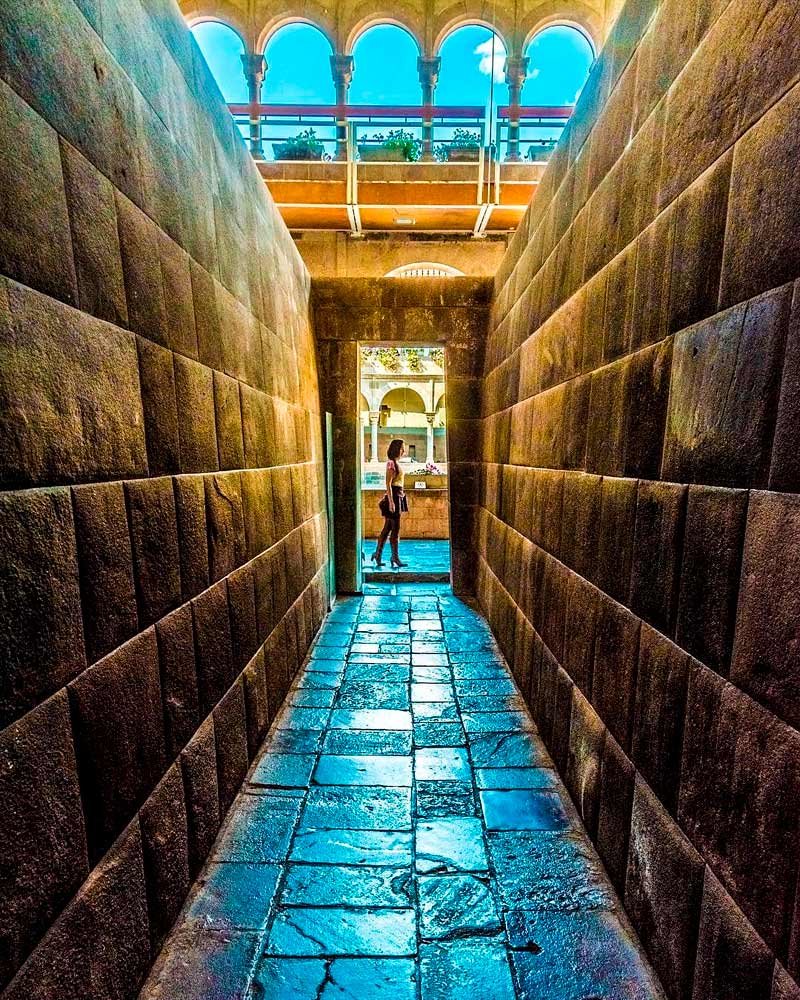 | 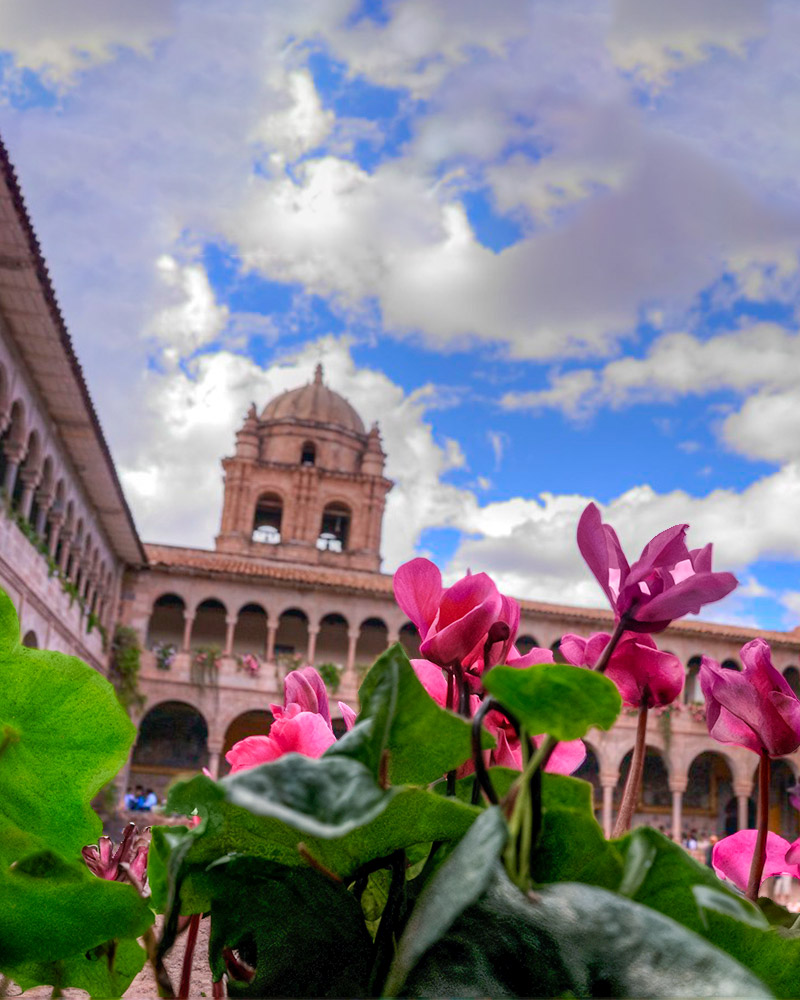 |
After the sacking of the Coricancha temple by the Spanish in the 16th century, as happened with all Inca temples, a religious order was in charge of the construction of a Catholic religious temple to replace the Inca gods with those of the West.
It was Juan Pizarro (Francisco Pizarro's brother) who gave the Coricancha to the Dominican congregation in 1534. They built the church on the ruins of the Inca site. The construction of the religious temple took approximately one hundred years.
The church of Santo Domingo del Cusco suffered severe damage after the 1650 earthquake. The same happened with the 1950 earthquake. The reconstructions took several years to take its current form in 3 naves with a dome and various ornaments of wood, gold and silver.
Despite all the earthquakes, the Inca site of Coricancha did not suffer any damage.
The entrance to the Santo Domingo Convent is free during the masses: in the mornings 7:00 am and at night 7:00 pm. Outside these hours, an entrance ticket must be paid at the same door. The approximate cost is 15 soles.
In the event that you resort to getting to know the Santo Domingo Convent during masses, you can count on the service of a guide who is always available to visitors. They will guide you, and they will explain everything that the convent can offer us.
Admission to the Santo Domingo church is free during mass hours, which are: mornings (7 a.m.) and evenings (7 p.m.).
Outside of mass hours, an entrance ticket must be paid at the same door. The approximate cost is 15 Peruvian soles (5 US dollars).
At the entrance door there are tourist guides who offer a tour of the temple explaining every detail of the architecture, canvases and more.
Peru offers unique experiences that show impressive landscapes, archaeological sites, and living traditions, attracting travelers who seek adventure and discovery in each region of the country. Get to know some of the most recommended trips to explore its diversity.
Inca Trail, Machu Picchu and more
Beyond the iconic Machu Picchu, one of the seven wonders of the world, the areas around Cusco offer a variety of experiences that let you learn about the culture, history, and landscapes of Andean Peru. From old towns to natural wonders that are not often seen, there is much to discover just a few kilometers from the imperial city. If you are looking for new adventures different from the usual ones, here are three places you should not miss:
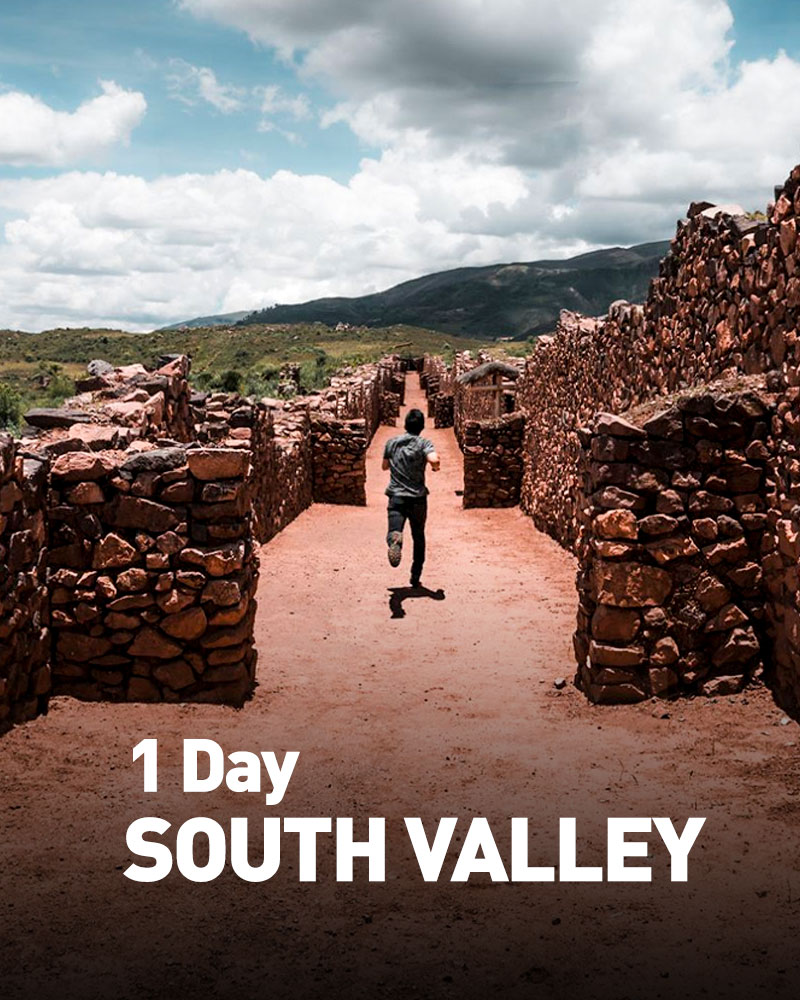 |  | 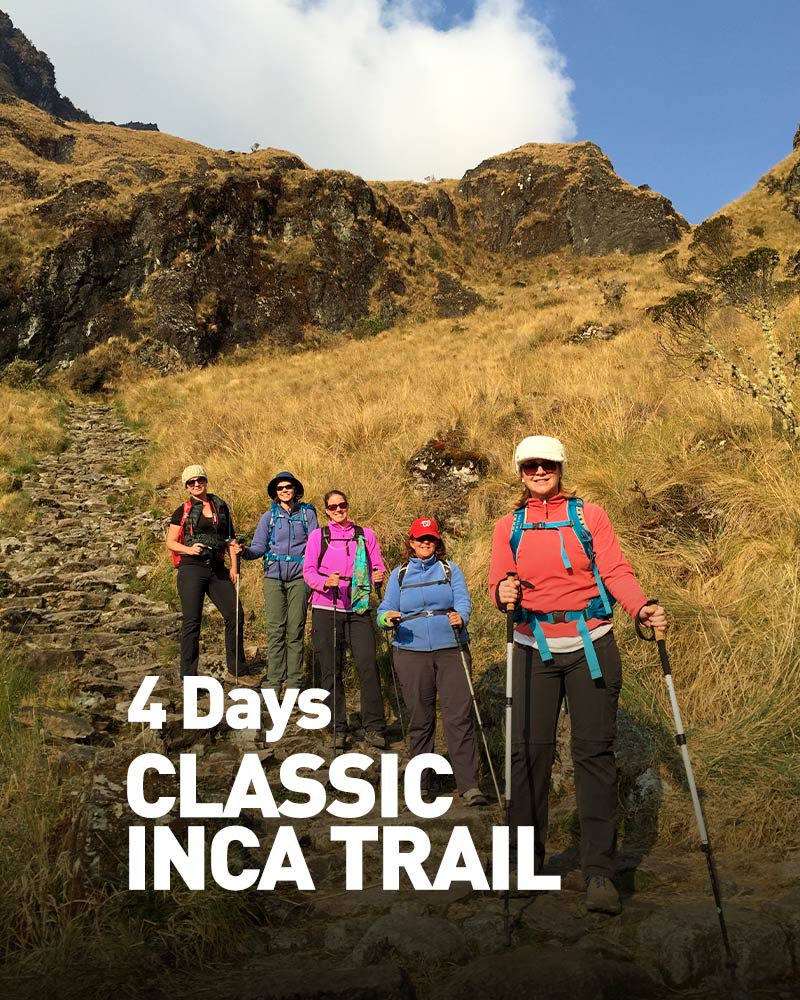 |